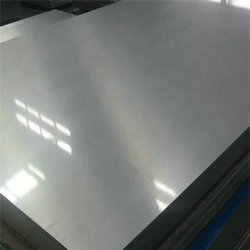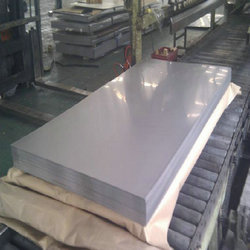
201 and low carbon steel


Steel is one of the most common materials in the world, representing an industry that produces 1.3 billion tons a year, and it is a material used throughout the construction of many architectural fabrications.
There are many sub-categories of steel and depending on the various qualities and characteristics of a particular build, the choice of steel selected may vary.
The properties that vary the most between steel types are strength, ductility, hardness, aesthetics, and cost. Depending on your scope of work, selecting the proper steel type for the job can benefit the quality of the project and cost.
Stainless steel:
It is defined as a steel alloy with a minimum of 11.5 wt% chromium content.Stainless steel does not stain, corrode or rust as easily as ordinary steel (it “stains less”), but it is not stain-proof. It is also called corrosion resistant steel when the alloy type and grade are not detailed, particularly in the aviation industry. There are different grades and surface finishes of stainless steel to suit the environment to which the material will be subjected in its lifetime. Common uses of stainless steel are cutlery and watch straps.
Stainless steel differs from carbon steel by amount of chromium present. Carbon steel rusts when exposed to air and moisture. This iron oxide film is active and accelerates corrosion by forming more iron oxide. Stainless steels have sufficient amount of chromium present so that a passive film of chromium oxide forms which prevents further corrosion.
Mild steels:
Carbon steel is sometimes referred to as ‘mild steel’ or ‘plain carbon steel’. The American Iron and Steel Institute defines a carbon steel as having no more than 2 % carbon and no other appreciable alloying element. Carbon steel makes up the largest part of steel production and is used in a vast range of applications.
Typically carbon steels are stiff and strong. They also exhibit ferromagnetism (i.e. they are magnetic). This means they are extensively used in motors and electrical appliances. Welding carbon steels with a carbon content greater than 0.3 % requires that special precautions be taken. However, welding carbon steel presents far fewer problems than welding stainless steels. The corrosion resistance of carbon steels is poor (i.e. they rust) and so they should not be used in a corrosive environment unless some form of protective coating is used.


